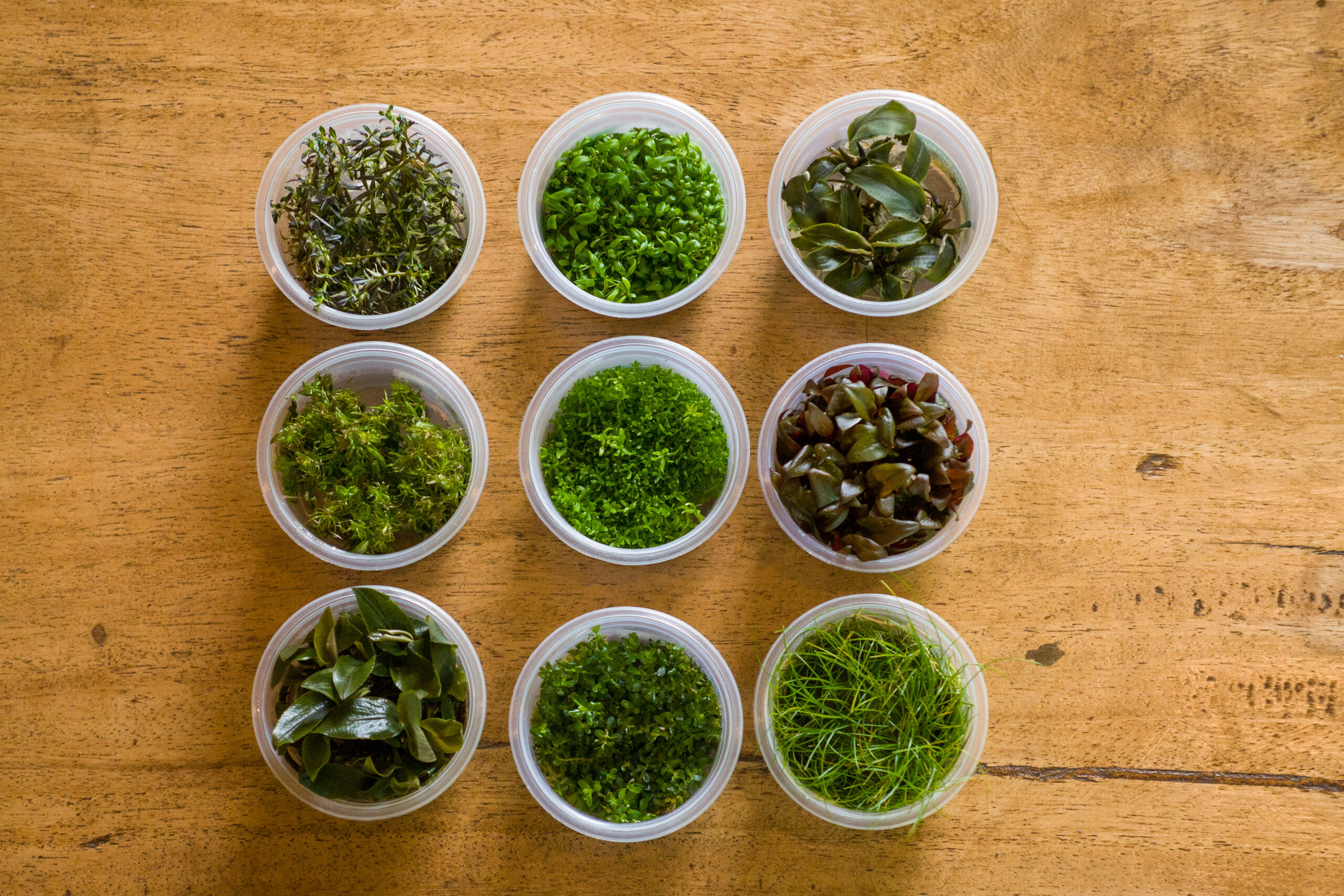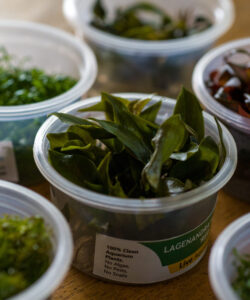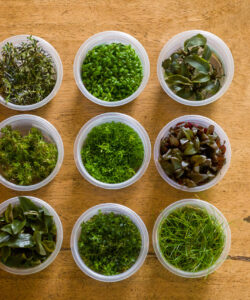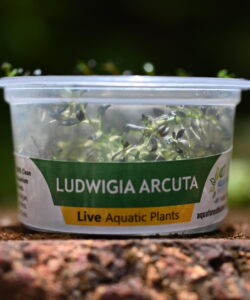Guide to buying/planting aquatic plant tissue cultures

Tissue culture plants are grown in a laboratory under sterile conditions; plant cells are propagated on a culture medium and produces exact copies of a plant without the need to go through seed production or pollination. It is especially useful for producing a large number of plants for species that are difficult to grow or propagate by other means. Plant tissue culture relies on the fact that many plant cells have the ability to regenerate a whole plant if nestled in a suitable media and environment. You can read more in detail about the process here.
Tissue culture aquatic plants have been on the market a long time by now, and their main advantages to the consumer is that they come free from pest and algae, and actually offer tremendous bang for the buck – if successfully grown. Tissue culture tubs come packed with small plantlets, each capable of growing to a full sized plant, so you get a lot of plants for a low price; its almost like buying a packet of seeds. However, these plantlets are more delicate than larger sized plants and thus many hobbyists can fail with them for reasons we will explore below.
If a tissue culture cup comes without pictures, it can be quite hard for beginners who are unfamiliar with the names of aquatic plants to discern what the full grown plant will look like. Many red plants can be green when grown in tissue culture format; for some species, their leaf shapes will be different when they are fully grown as well.
How to choose tissue culture tubs
As the number of tissue culture aquatic plant species grow, so do the number of farms that try their hand at tissue culture. Some times the quality of tissue culture can be quite obvious – like some brands will visibly have more plants per cup. However, the brand of the tissue culture is not the only marker of quality. Freshness is a major factor. Plants in tissue culture tubs can last a long time (many weeks if chilled), however, depending on where they were produced, the samples may have already gone through a long transport journey to the shop. If the plants are left sitting on the shelf too long, it tends to deteriorate and chances of transitioning smoothly in the tank are diminished. Fresher, more robustly grown tissue culture plants transit more easily after being planted into the tank.
Rather than just going by which brand is most familiar, hobbyists should also consider their purchasing decision based on the quality of tissue culture present. A branded tissue culture product left browning on the shelf because it has been sitting there too long has far less chances of transiting smoothly into the tank compared to a fresh batch. Quality matters a lot when choosing tissue culture !







